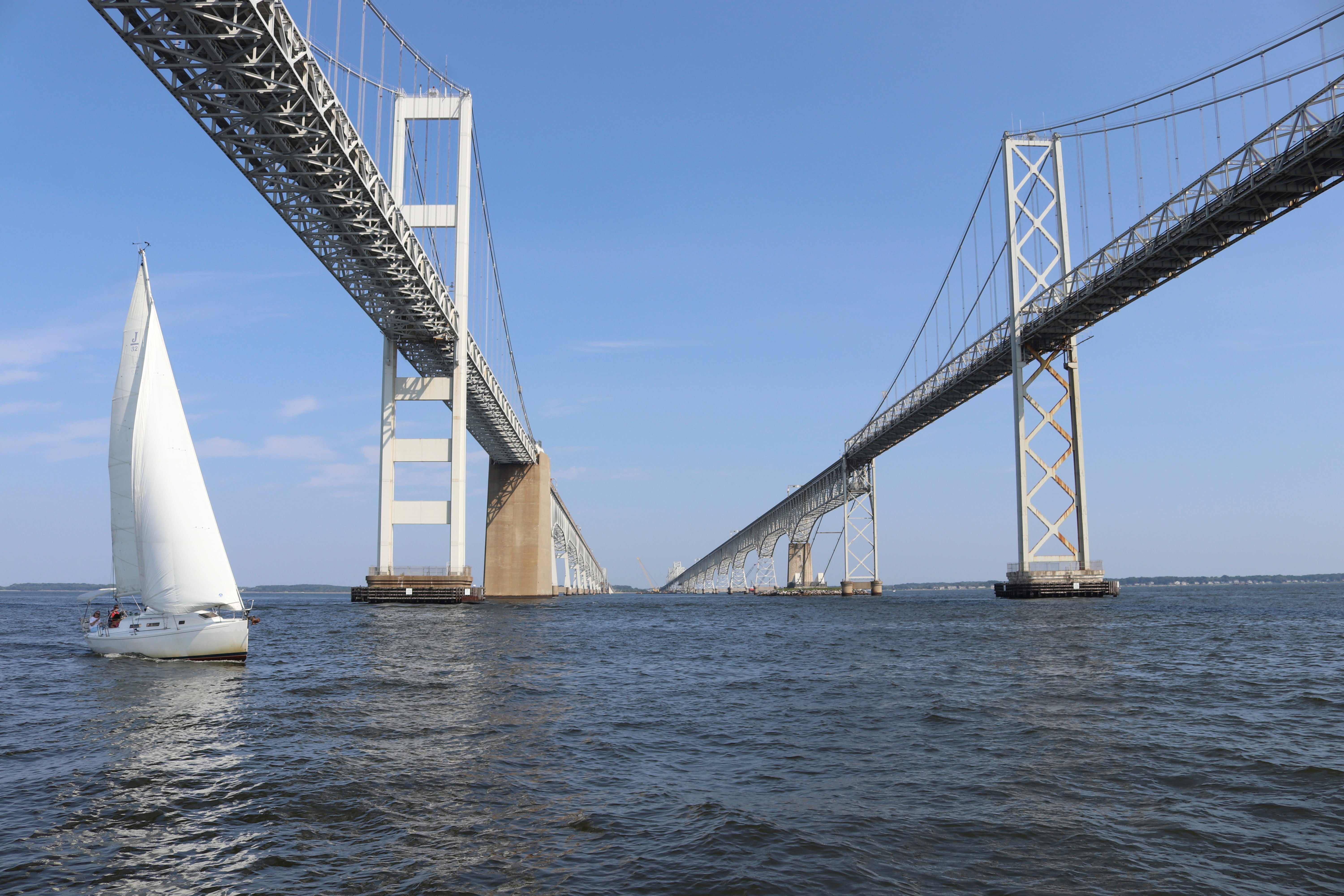Overall health of Chesapeake Bay gets C-plus grade in annual report by scientists
The overall health of the Chesapeake Bay has received its highest grade since 2002 in an annual report released by scientists: a C-plus

Your support helps us to tell the story
From reproductive rights to climate change to Big Tech, The Independent is on the ground when the story is developing. Whether it's investigating the financials of Elon Musk's pro-Trump PAC or producing our latest documentary, 'The A Word', which shines a light on the American women fighting for reproductive rights, we know how important it is to parse out the facts from the messaging.
At such a critical moment in US history, we need reporters on the ground. Your donation allows us to keep sending journalists to speak to both sides of the story.
The Independent is trusted by Americans across the entire political spectrum. And unlike many other quality news outlets, we choose not to lock Americans out of our reporting and analysis with paywalls. We believe quality journalism should be available to everyone, paid for by those who can afford it.
Your support makes all the difference.The overall health of the Chesapeake Bay, the nation’s largest estuary, received its highest grade since 2002 in an annual report released by scientists Tuesday: a C-plus.
Scientists at the University of Maryland's Center for Environmental Science made special note of Pennsylvania’s efforts to block pollution from entering state waterways. Pennsylvania has faced criticism in the past for not doing enough to stop pollution from flowing into the bay.
The health of the bay is a reflection of what’s happening across its six-state watershed, which includes Delaware, Maryland, New York, Pennsylvania, Virginia and West Virginia along with the District of Columbia.
“The Chesapeake Bay restoration is seen as a global model of sustainability. The Report Card shows that the results are moving in the right direction but we need to pick up the pace of these efforts, particularly in light of climate change, which will make meeting the targets more difficult,” said Fernando Miralles-Wilhelm, president of UMCES, which compiles the report.
Bill Dennison, a UMCES professor and vice president, pointed out that the Upper Chesapeake Bay, which the Susquehanna River flows into, has the second-highest score of the 16 bay regions measured in the report and continues to improve.
“Pennsylvania has been getting a bad rap for quite a while now, and we’ve got to stop playing the blame game, and start looking at the data and let the data guide us in our restoration efforts rather than pointing fingers," Dennison said in an interview.
Last year, Pennsylvania planted about 340 miles (550 kilometers) of riparian buffers, which are strips of vegetation planted next to streams and waterways to help protect habitat, Dennison noted. The state also has focused on increasing the use of cover crops in agriculture to reduce erosion, improve soil conditions and protect waterways from runoff pollution.
“That practice is a really important one for soaking up the excess nitrate at the end of a growing season that gets left on the fields," Dennison said.
For the first time, researchers released the report in Pennsylvania at the Susquehanna River Basin Commission in Harrisburg.
“There is still much to do, but this is a strong indicator of progress," said Adam Ortiz, the Environmental Protection Agency's mid-Atlantic regional administrator. "After being off track, the partnership is now accelerating progress. In recent years, EPA has stepped up enforcement, accountability, and investments and it is paying off. These efforts have helped spur historic results among upstream and downstream states and all sectors, especially agriculture.”
This year’s UMCES report also is noteworthy because researchers said they are building a human-made debris indicator to understand the different types of contamination from items like plastic bags and bottles. Currently, not all of this debris is monitored, and the data is not collected uniformly across the bay and watershed. Researchers hope the information will be used to create targeted prevention and mitigation strategies.
“There’s a lot of things we can do on a personal-behavior level to reduce the plastics that end up in the bay," Dennison said.
The report focuses on seven bay indicators that assess aquatic ecosystem conditions. Those include phosphorus and nitrogen measures in the water and how much oxygen is present at different depths. It also focuses on the condition of organisms living in or on the bottom areas of the bay, water clarity and aquatic grasses.
The report also focuses on bay watershed health, which includes ecological, societal and economic aspects, which aim to provide a more comprehensive view of the watershed. The watershed health scored 52%, or a grade of C, which is the same as the previous year.